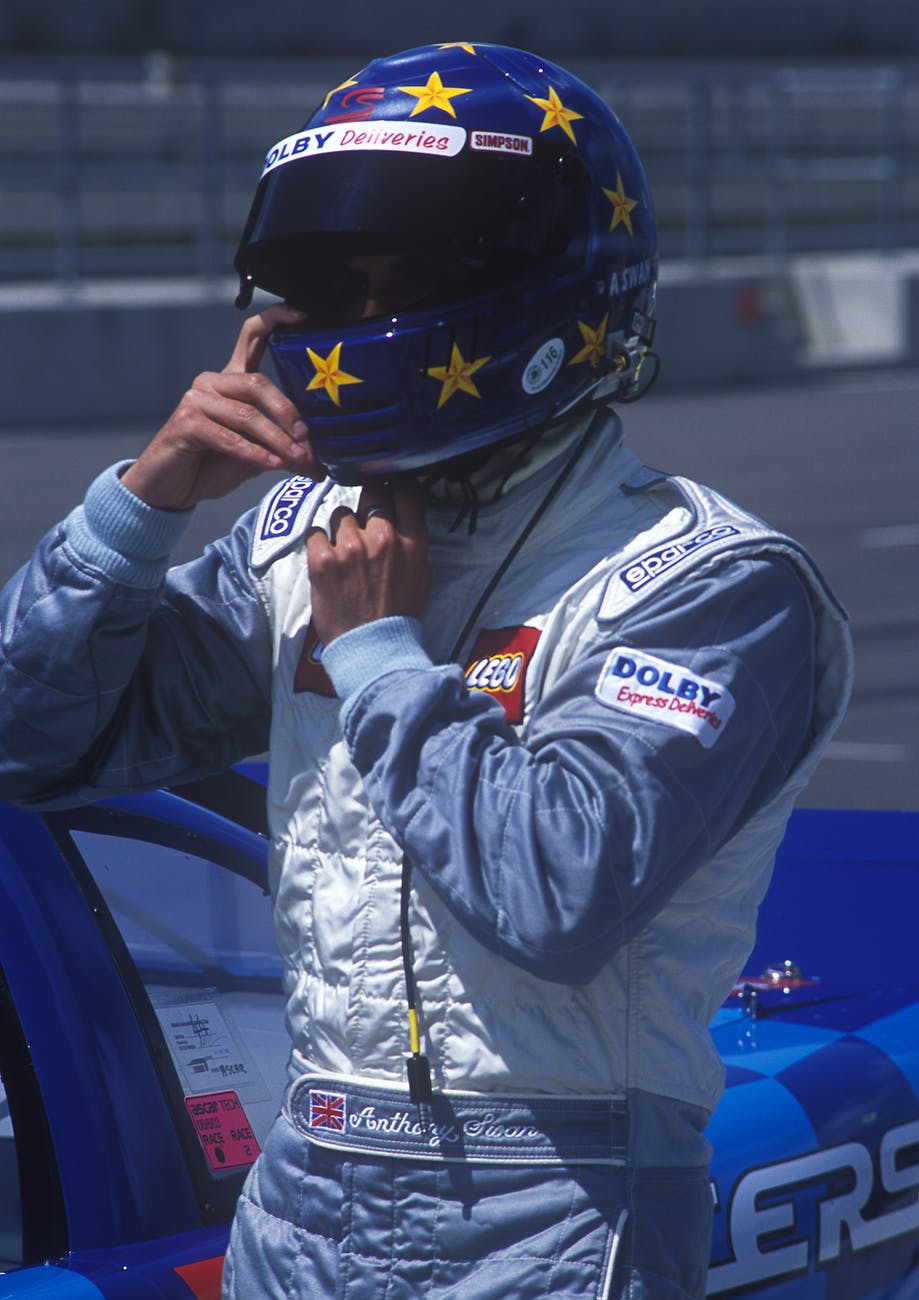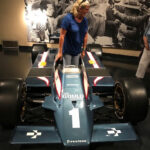The Race to Recovery for Family Caregivers
The warning read, “Getting out of this car requires significant flexibility and strength in your knees, back, and shoulders. Please do not sit in the car if you have difficulties in those areas.”

Four years ago, I would have backed away. Four years ago, if I was at an auto show, I would have been pushing my Dad along in his wheelchair. Four years ago, I could barely climb the stairs at home. Hand over hand up the railing, step by step, I would make my slow way up the stairs. I knew I was weary, I assumed I was deconditioned, and clearly my muscles were weak. Naturally I blamed myself for not keeping in shape along with all my other should-do’s and want-to-do’s. When I was a family caregiver, my list of should do’s was always much longer than my list of accomplishments. What I didn’t know is that weakness in arms and legs is ‘A Thing’ for caregivers. In the U.S. Department of Health & Human Services analysis of the 2011 National Study of Caregiving Balance of Positive and Negative Aspects of Caregiving, 28% of informal caregivers report that weakness in their extremities limits their activities.
Whatever the cause, I soon realized couldn’t continue caring for my dad unless I got stronger. As they say on passenger planes, I had to put the oxygen mask on myself first, before I could care well for Dad. The first challenge was finding someone to stay with Dad for an hour or so. Then I had to find the time to exercise, and needed to get beyond my dislike of formal exercise. I do like to dance, and hoped a dance class would rejuvenate my mind and my spirit, in addition to my feeble body.
I found an easy-peasy line dance class for senior citizens, hoping my 50 year old body could keep up. Not so much. It was humbling to modify my steps in accordance with the teacher’s direction, and still to go home achy and tired. Post-class soaks in Epsom salt baths became essential. Re-occurrence of old back and neck injuries led me to physical therapy with Anthony. Anti-inflammatory pills were not an option, as they tend to increase my muscle aches. Giving up was a constant desire, as I struggled with finding the time, money, and motivation to go on. Could this really be good for me?
Eventually I progressed to a 2 hour Sacred Circle dance class, and needed to resume the Epson salt baths despite the simple dance moves. My physical therapist taught me some restorative stretches, light massage with essential oils helped, and I learned the detriment of sitting around when stiff – gentle movement helped more. My dance group became my tribe and my support system, the dances my expression of spirituality. As my body strengthened, my whole self began to heal. I danced out my grief the day Dad passed, and Ellen my dance teacher came to his funeral.
The day after Dad’s funeral, unable to sit still, sleep, or be productive, I laced up my sneakers and started walking. Two miles might have been a bit much for my first walk, so I resumed the Epson salt baths and started stretching. Two months later, I joined a Zumba class taught by Jess. For the first 6 months my goal was not to fall over my own feet, although I certainly tripped over my feet plenty of times. I stayed in the back of the gym, and often went right when everyone else when left. Inspired by my physical therapist, I added short home sessions of yoga for more stretching and strengthening.
Fast forward to two years after Dad’s funeral, I have a second tribe – my Zumba class. We laugh with each other, and dance out our frustrations. I’m still walking and have been to a few yoga classes. I prefer doing my yoga at home, but it was nice to see in class that although my asanas don’t look anything like the teacher’s moves, I’m keeping up with my peers. (Why do teachers waste their breath telling us not to compare ourselves to other students?!)
Caregivers, recovery is possible and part of the life transition called caregiver recovery. Your caregiving experience may have affected you differently than me – it’s a holistic experience impacting body-mind-spirit as well as socio-economics. Anything you can do while caregiving to maintain your own well-being is likely to make your eventual recovery easier. I know from experience that caregivers have more time and sometimes more resources when caregiving is done, but do the best with the resources at hand while you are in the midst of caregiving. You deserve it!
Are you wondering, did I or didn’t I get in that car? Well, let me tell you – it was a race car, The Gould Charge, driven in the Indy 500 and other races. And yes, yes I did get in that car with my friends Paulette and Leslie serving as my own personal paparazzi. What fun! Better yet, I got up and out all by myself. Like all veteran caregivers, I have significant flexibility and strength. Now my knees, back, and shoulders are as strong and flexible as my spirit.
photos by Leslie Entwistle
With gratitude to all who helped me along the way –
Gale

